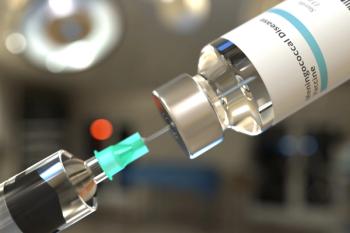
The FDA approved the MenQuadfi vaccine for young children, enhancing protection against invasive meningococcal disease and its severe complications.
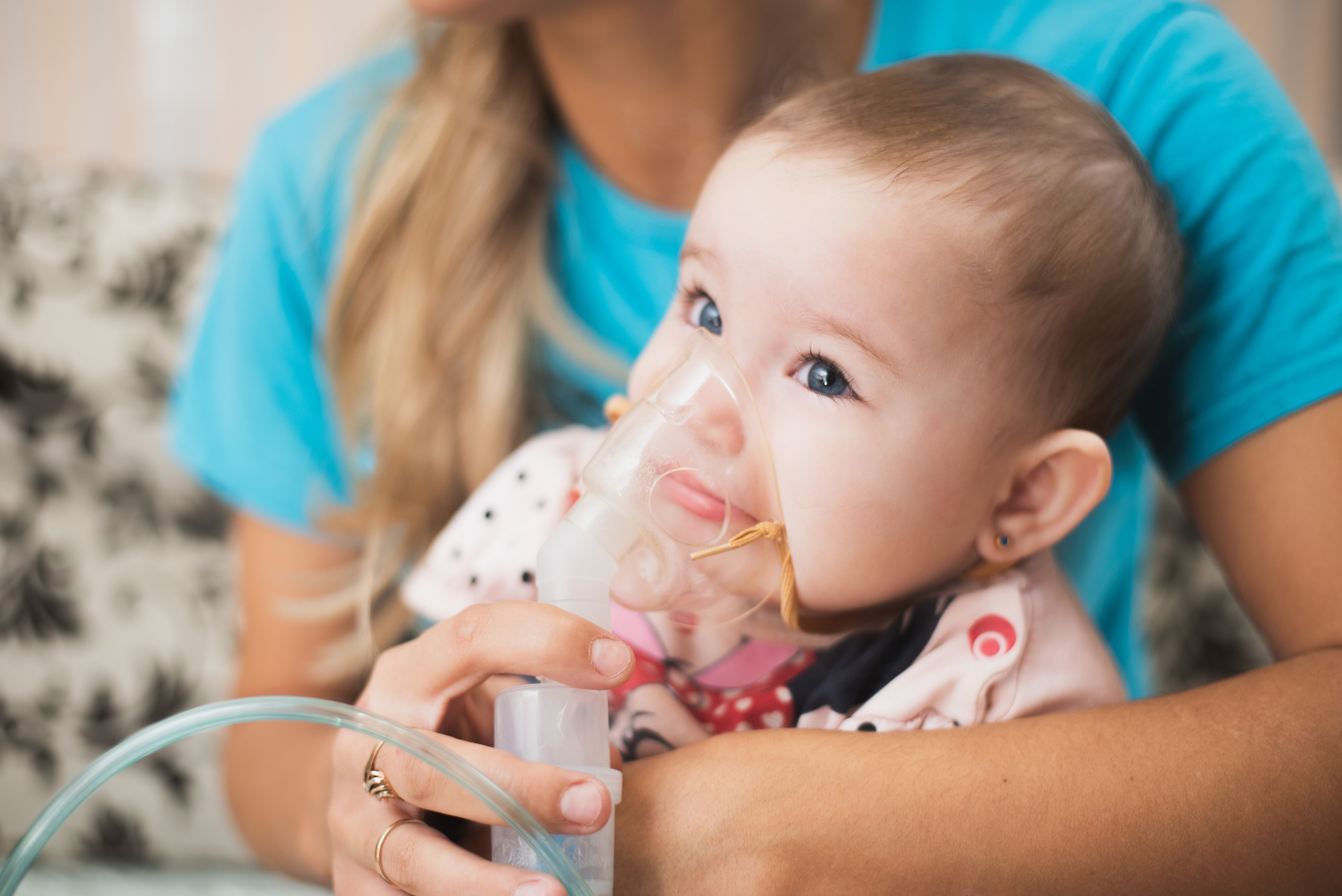
Clesrovimab Receives FDA Approval for RSV Lower Respiratory Tract Prevention in Infants

The FDA approved the MenQuadfi vaccine for young children, enhancing protection against invasive meningococcal disease and its severe complications.
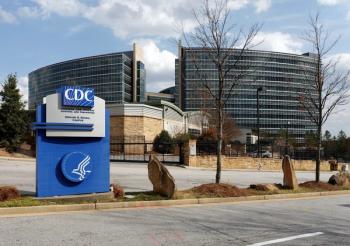
The change is poised to impact countless individuals who may have sought a COVID-19 vaccine this upcoming respiratory season.
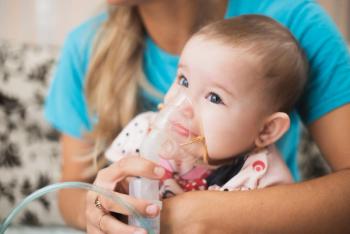
RSV vaccines for pregnant women and infants require careful timing and administration.

This indication is for adult and pediatric patients aged 12 and older with plaque psoriasis of the scalp and body.

The phase 3 REAL8 trial shows once-weekly Sogroya effectively improves growth in children with growth disorders, offering a promising alternative to daily injections.
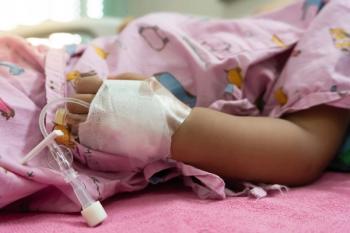
Additional intravenous immunoglobulin (IVIG) treatment shows promise for patients with Kawasaki disease who are resistant to infliximab, potentially matching the efficacy of second IVIG doses in patients resistant to IVIG.
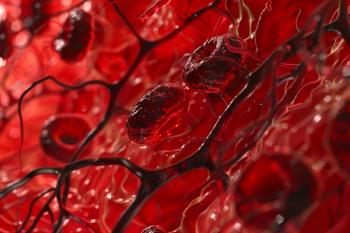
The approval expands the therapy’s indication to children as young as 7 years.
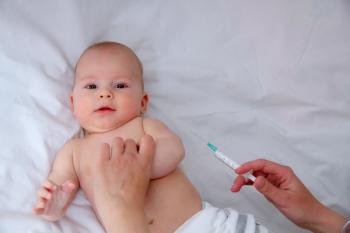
Explore the latest advancements in RSV vaccination strategies for newborns, focusing on maternal immunization and post-birth protection options.


Necrotizing enterocolitis (NEC) is a life-threatening illness that is characterized by the inflammation of the intestinal lining, which can lead to intestinal perforation.

The agent targets B7-H3, a commonly overexpressed protein in diffuse intrinsic pontine glioma (DIPG).

Research reveals a significant link between maternal anemia and increased risk of congenital heart defects in infants, highlighting the need for effective prevention strategies.

Research reveals that children face significant long-term health risks, including kidney, gastrointestinal, and cardiovascular issues, after COVID-19 infection.

Ochsner Children’s Hospital, in partnership with ISMP, has launched a fellowship to advance pediatric medication safety through hands-on training in key competencies, national safety strategies, interdisciplinary collaboration, and innovative tools such as AI and data dashboards.
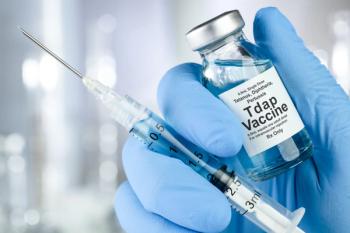
Experts attribute the increase of pertussis cases to declining DTaP vaccination rates.

Children who received antibiotics between birth and 2 years of age were more likely to develop food allergies, allergic rhinitis, and asthma, but not neurodevelopmental conditions.

The safety profile of diazepam nasal spray among pediatric patients was consistent with older patients, supporting its use in this age group.
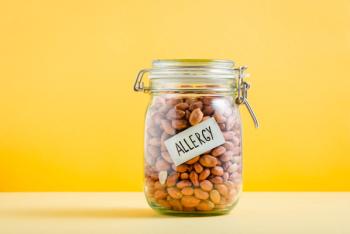
Vitamin E intake, specifically α-tocopherol, may reduce the development of peanut allergies and anaphylaxis in newborns.

The authors note that further research is needed to clarify cost-effectiveness, long-term adherence, and psychosocial impacts of oral immunotherapy.
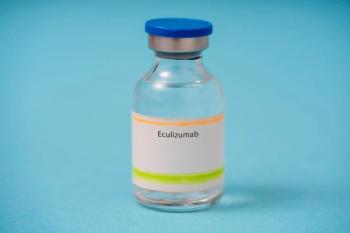
Eculizumab, a humanized monoclonal antibody, was first approved for adults with generalized myasthenia gravis in 2017.

The cancers linked with per- and polyfluoroalkyl substance (PFAS) exposure included nonastrocytoma gliomas, acute myeloid leukemia, and Wilms tumors.

The treatment is currently undergoing evaluation in an investigational preclinical program and is projected to be in human trials in 2026.
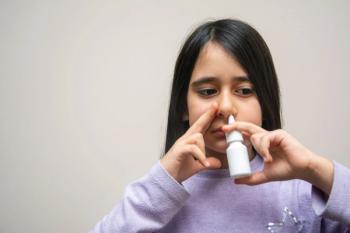
According to a news release, this marks the first significant innovation in epinephrine delivery for this patient population is more than 35 years.
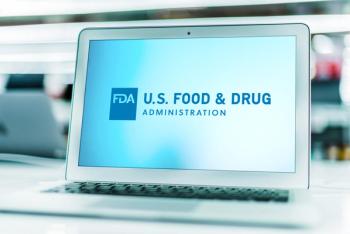
The action follows pooled data from 2 studies that enrolled patients with hemophagocytic lymphohistiocytosis (HLH)/macrophage activation syndrome (MAS) in Still disease.
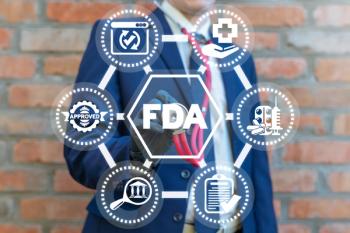
The updated indication now includes pediatric patients aged 5 through 11 years.